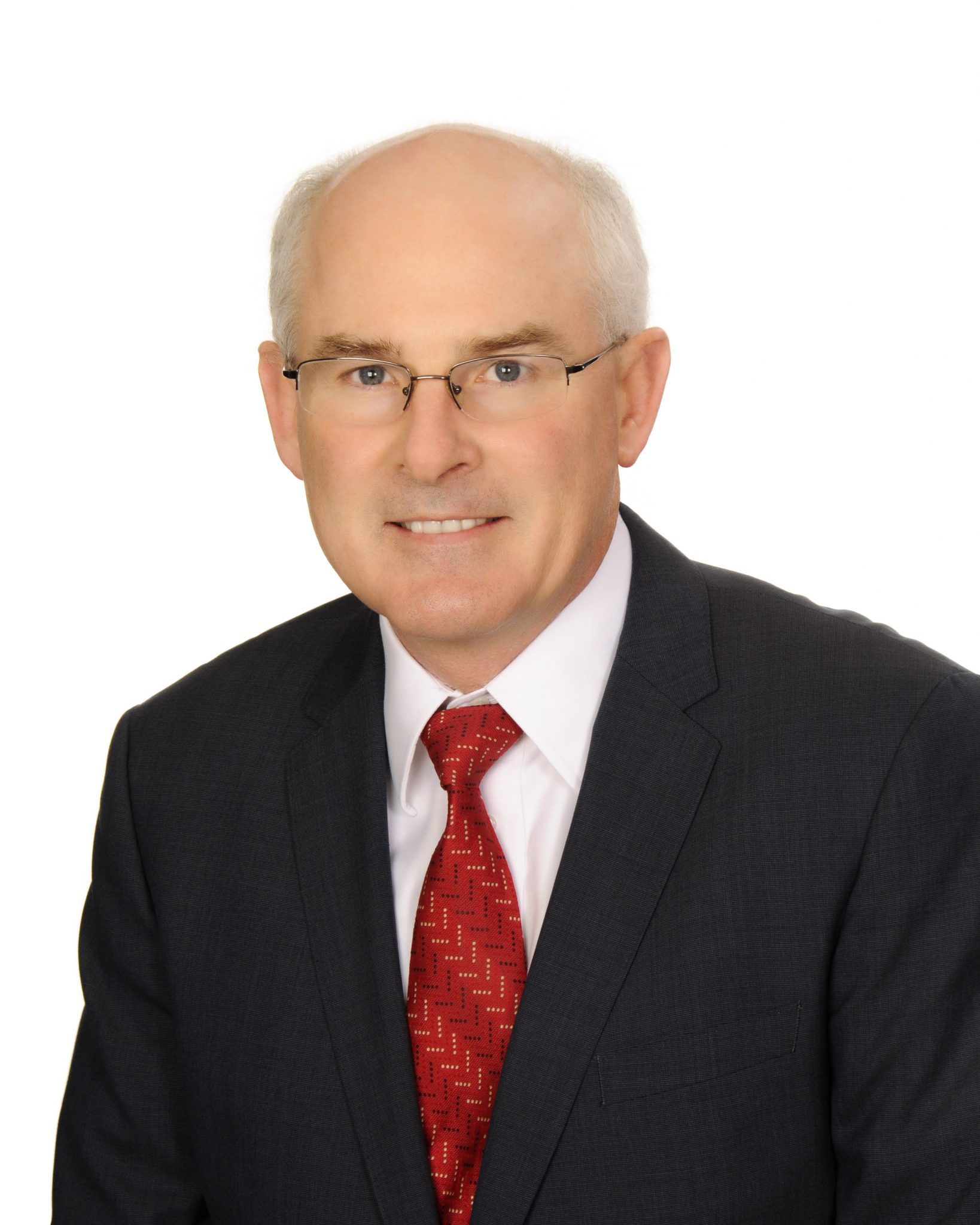Tips for Managing a Team When You’re Working a Flexible Schedule
This article by Manar Morales was published on ThriveGlobal.com on November 29, 2018.
It’s one of the most important traits found in good leaders. They lead by example. Never is this more important than when the leader is working a flexible schedule. The fact is there are certain behaviors that are necessary to successfully working a flexible schedule. And, if you’re managing a team while working a flexible schedule, it’s your responsibility to model these behaviors to interrupt flex stigma and unconscious bias, and set the tone for the rest of your team.
Laying the Foundation for the Business Case
As a former employment litigator, an adjunct professor and now as the President & CEO of the Diversity & Flexibility Alliance, I have advised and coached hundreds of individuals and organizations on flex-related issues during my twenty-plus-year career. In every case, the success or failure of a flexibility initiative has depended on the actions, commitment and support of leadership. Leaders must begin by laying the foundation for the business case for flexibility. It’s essential that they communicate with all employees that the flex initiative is a business imperative and essential for the recruitment and retention of top talent.
Embracing the Cultural Shift
For a flexible work initiative to be successful and to benefit all employees, leaders need to guide a shift in organizational culture to one that sincerely supports and embraces flexibility. Research shows that while many organizations offer a flexible schedule, only a small percentage of the workforce take advantage of the policies. Education and training on flexibility can help close this gap between policy and practice and help to shift the culture of an organization
Trust in Your Team is Paramount
While leaders play a pivotal role in ensuring the success of the flex initiative, the responsibility should be shared with the entire team and leaders must be able to trust their team. As Dell’s Global Director of Human Resources, Mohammed “Mo” Chahdi, explains, “In a flexible work environment, leaders must make a conscious decision to trust their team members and to hold them accountable for their outcomes, rather than trying to control them on a day to day basis.” Dell has demonstrated a clear commitment to flexibility as a key component of its culture and their leadership team has led the initiative by working remotely and modeling the behaviors that give it legitimacy.
Leading By Example
So how can leaders “walk the talk” on flexibility? Once they have laid the foundation for the flexibility initiative, there are five key flexible work behaviors leaders should model:
- Maintain Visibility
There is often an assumption that being productive equates with being in the office, despite the fact that there are just as many distractions in the office as there are outside of it. Professionals who work remotely need to take proactive steps to counteract this misperception by maintaining their presence and their visibility. Be strategic and take advantage of the days you are physically present to develop relationships, participate in events and spend one-on-one time with colleagues.
- Communicate Proactively
Stay in touch with your team members, keep tabs on all projects and respond to emails and phone calls in a timely manner. Keep in mind, however, that being responsive is not enough. Professionals who work remotely have to be especially proactive with their communications. Supervisors must be more intentional about sharing timely feedback (to avoid the “out of sight, out of mind” tendency) and should be sensitive to the method of delivery of feedback.
- Be Transparent but Seemless
As a leader working a flexible schedule, it’s important to be accessible. Your team should know how to reach you and should feel comfortable contacting you. Clearly communicate your office hours and make sure you are accessible when you say you are. Make sure someone on your team knows where you are and how to reach you at all appropriate times. Be as transparent as possible about your schedule as it provides your team members with affirmation of their own flexible schedules.
- Leverage Technology
Make sure you are leveraging all available technologies that enable real-time communication such as chat and messaging features. Additionally, video conferencing should be utilized as often as possible to get face-to-face with your team and create “water cooler moments.” Schedule sharing technologies are useful for sharing real-time availability. While these technologies may seem simple, they can make a meaningful difference in communicating with your team.
- Be Adaptable
We like to call it “flexible flexibility.” It’s important that you are open to shifting your schedule when needed to fit the needs of your team or clients. Being flexible implies some give and take. In the context of working remotely, this includes demonstrating a willingness to adjust when you need to physically be in the office. It does not, however, mean accepting repeated submission of your schedule to false urgencies or stigmatized views of working outside of the office. To avoid rigidity either way, clearly communicate organizational expectations and work priorities.
As Mo Chahdi says “You have to be collaborative and efficient with people you can’t see, and as a leader you have to model this effective collaboration.” Clearly, this new way of collaborating is evolving into a new and improved workplace culture that can reap huge benefits for individuals as well as organizations.
Contact Manar Morales for more guidance on flexible work initiatives and how to find your own flex success.





